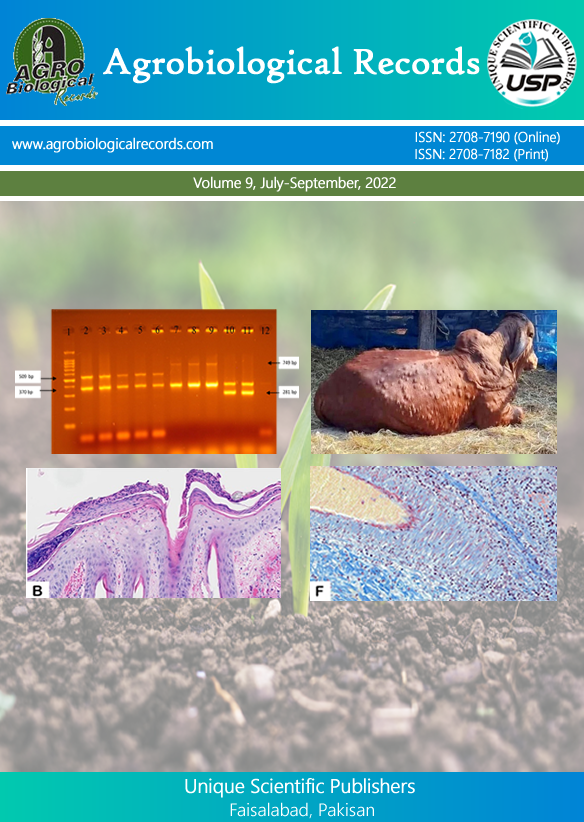
Wei Chen 1, Riquan Zhang2, Xuan Wu1, Qi Zhou1, Zuwei Yang1, Ziyuan Chen1, Mingchan Li1, Jiacheng Yu1, and Houyi Wu 2*
1Jiangxi Provincial Key Laboratory for Animal Health, Institute of Animal Population Health, College of Animal Science and Technology, Jiangxi Agricultural University, No. 1101 Zhimin Avenue, Economic and Technological Development District, Nanchang 330045, Jiangxi, P. R. China; 2Ji 'an Livestock and Poultry Farm in Jiangxi Province, Ji 'an, 343016, Jiangxi, China
*Corresponding author: 519409914@qq.com
In order to learn the diagnosis and treatment of canine fractures, we treated a stray dog in a traffic accident. We observed and recorded the treatment process in detail with the purpose of providing reference for the treatment of fractures in dogs. The doctors conducted general examination, X-ray and a complete blood counts (CBCs) on the dog at a pet hospital at Nanchang, Jiangxi, China, and then immediately performed surgery on the site of the severe fractures. Intramedullary nail and bone plate, and intramedullary nail and steel wire were respectively used for internal fixation of transverse fracture of femur of left hind-limb and oblique fracture of tibia of right hind-limb. Subsequently, suitable splint was used for external fixation, and the rest of the fractures healed on their own. After three months of postoperative nursing and massage, the internal fixation material was removed. The results showed that the dog had a good recovery. This paper has provided case study and a clinical practical reference for the diagnosis and treatment of complex multiple fractures.